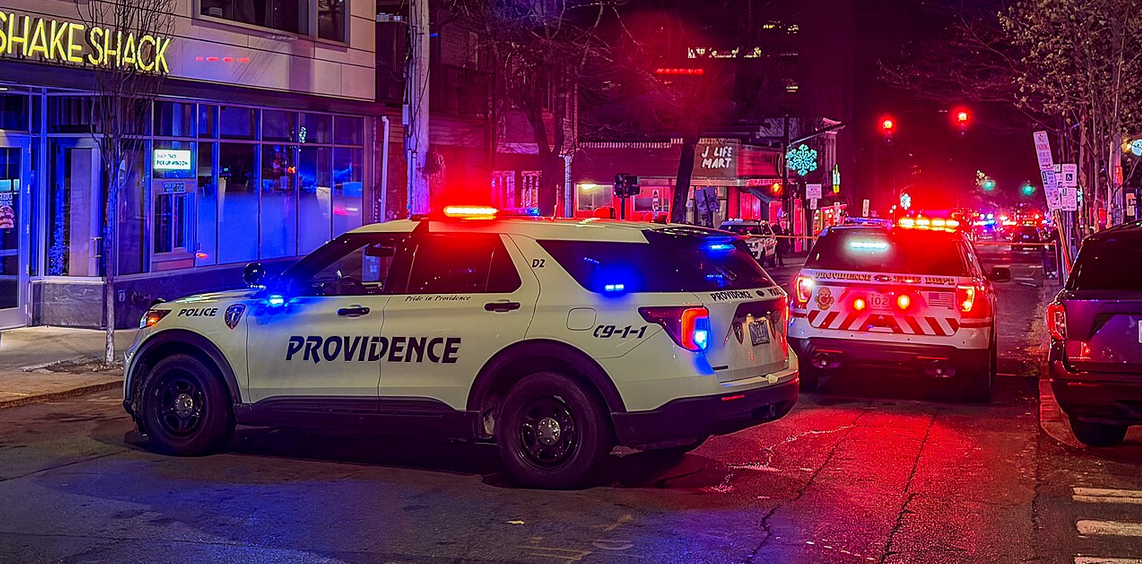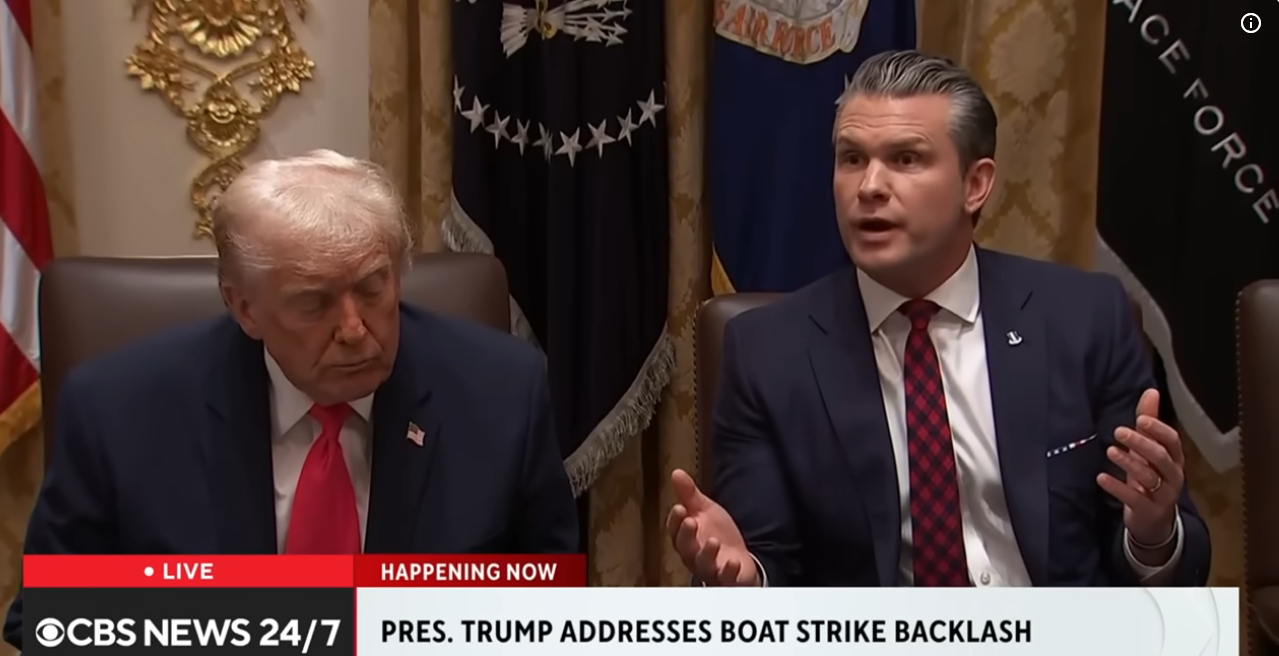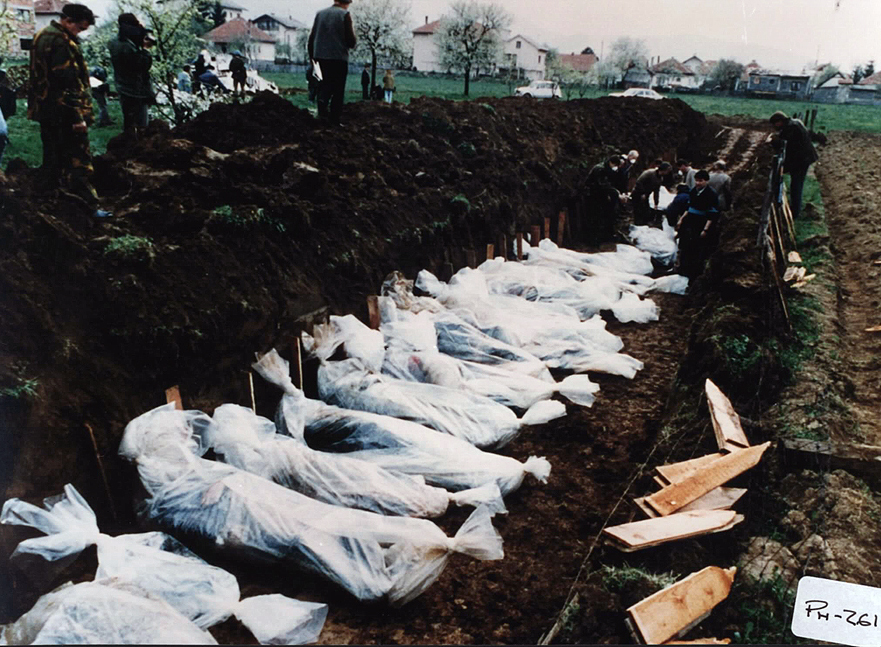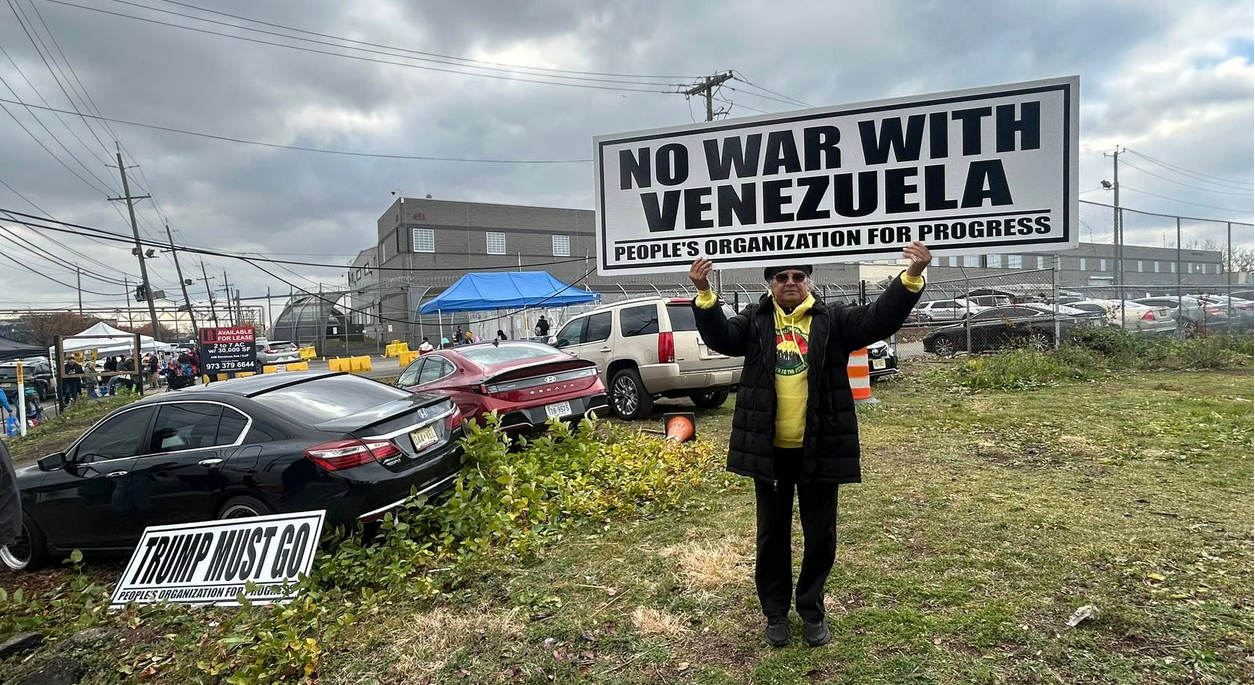Bryan Stevenson
South African Archbishop Desmond Tutu, one of the world’s leading peace and justice advocates, has called Bryan Stevenson “America’s Nelson Mandela.” He has gotten innocent men off death row, successfully argued before the U.S. Supreme Court multiple times, including to ban “death sentences” — capital punishment and life imprisonment without parole for offenses committed by juveniles. In June this man of great moral clarity and brilliance spoke about “How to Keep Black Boys Alive” to 2,000 college-age Children’s Defense Fund Freedom Schools servant leaders at CDF-Haley Farm.
He focused on how we can break up the Cradle to Prison Pipeline that feeds 1 in 3 Black and 1 in 6 Latino boys born in 2001 into America’s morally indefensible and unjust mass incarceration system. Here is some of what Bryan Stevenson told our young leaders:
“We’re living at a time when there is an incredible crisis that young men of color are facing. There is a challenge that is unique in our history. We’ve always had challenges but this is a different kind of challenge because it is structural, it is systemic, and it is institutional. And it presents itself in this kind of really misguided almost kind of bizarre exploitation of the word ‘justice.’ It uses that word to perpetuate an unprecedented injustice that we’ve never had to face like we’re facing today. And I’m talking about the criminal justice system.”
Bryan put it in perspective for the young college audience. In 1972 — 300,000 people were in jails and prisons in America compared to today with 2.5 million people behind bars. The U.S. has 5 percent of the world’s population but 25 percent of the world’s imprisoned. And in Alabama where he lives, a person with a criminal conviction permanently loses the right to vote. Right now in Alabama, 31 percent of Black men in the state have lost the right to vote.
To dismantle this Cradle to Prison Pipeline requires, he says, Americans to change the way we talk about race and confront our history of racial inequality. “The great evil of American slavery was not forced labor; it was the narrative of racial difference that slavery created.” That narrative said: “These black people, they’re not like us. They’re not fully human. They’ve got these deficits. They’re not smart. They’re not this. They’re not that. And because of that, we’re actually doing something civil and Christian by enslaving them. And that narrative was the great evil of American slavery.”
This history of bias and discrimination manifests itself with a presumption of dangerousness and guilt that gets assigned to all Black people, he continued, “That presumption was created during slavery, nurtured during terrorism, legalized during segregation, and it’s now being implemented by mass incarceration. We need to understand that these acts of violence in Ferguson and Baltimore are a manifestation of this presumption of dangerousness and guilt. And we’ve got to free America from this burden.”
Bryan Stevenson is surrounded in Alabama by many symbols of slavery and the Old South and shared this story about visiting a new client on Alabama’s death row. As he parked, “This truck was there. And some of you all who live in the South see these things all the time. And this truck was like a shrine to the Old South. It has all of these bumper stickers on it. It had the Confederate flags everywhere. It had the gun rack. … There was a White guard standing at the prison door when I got there. And I said, ‘Hi, I’m here for a legal visit.’ And the first thing the man said to me was, ‘Well, you’re not a lawyer.’ I said, ‘Oh, yes, sir, I am.’ He said, ‘I don’t believe you’re a lawyer.’ I said, ‘I am an attorney. I’ve been to this prison before.’ He said, ‘Well, where is your bar card?’ Well, my bar card was in the car. He made me go back to the car to get my bar card. I came back. I felt insulted. I showed him my bar card. I said, ‘Look, I want to go inside now.’ And the man said, ‘All right, all right, but you’re going to have to get in the bathroom. I’m going to have to give you a strip search.’ I said, ‘No, sir, lawyers don’t get strip-searched coming into this prison.’ He said, ‘You’re coming into my prison. You’re going to get in that bathroom and get strip-searched.’”
After driving two hours to get there he made the very difficult decision to submit to the humiliating search. More hurdles and indignities followed. Finally when the guard unlocked the door the guard asked, “’Did you see that truck out there with all those bumper stickers and flags?’ I said, ‘Yeah, I saw that truck,” He said, ‘I want you to know that’s my truck.’”
Antagonized and angry, Bryan Stevenson went to meet his new Black client who had been in 29 foster homes by age 10, showed signs of bipolar disorder by age 13, symptoms of schizophrenia by age 15, used heroin by age 16, was homeless by age 17, began having psychotic episodes by age 18, and in the midst of one, stabbed someone to death by age 19 and was on death row. There was no mental illness defense in his record.
“The first thing [my client] said to me was, ’Did you bring me a chocolate milkshake?’ … And so I put my pen down and said, ‘Look, I’m sorry, I didn’t know you wanted me to bring you a chocolate milkshake. Next time I come, if they let me, I’ll bring you a chocolate milkshake.’ And this man smiled and smiled and smiled.” Every time Bryan talked to his client after that, the only thing he wanted was a chocolate milkshake.
Months later, Bryan and his team presented a vigorous mental illness defense to a judge over three days. That same prison guard who had strip-searched him on his first visit to his client brought the defendant to the hearing and glared at Bryan in the courtroom each day. But Bryan was feeling hopeful about the outcome and weeks later returned to death row for a visit.
“I was walking to the prison and what do I see in the parking lot? That truck. And I was feeling tired. I didn’t feel like I had the energy to deal with this guy. I said, you know, I don’t want to deal with him today. I’m just going to drive back another day. And that’s when I realized I was losing my hope.”
Refusing to give up hope, he turned around, got his bar card and walked to the guard at the door and said, ‘Hi, I’m here for a legal visit. Here’s my bar card.’ And the [guard] immediately [responded], ‘Hello, Mr. Stevenson. How are you?’ It completely threw me. I said, ‘I’m fine. I’ll go in the bathroom and get ready for your search.’ ‘Oh, Mr. Stevenson, we’re not going to do that today,’ [the guard replied]. I said, ‘Really? Thank you. Well, I’ll go back here and sign the book.’ He said, ‘Mr. Stevenson, I saw you coming and I signed you in.’” Then the guard told Bryan, “‘You know, I came up in the foster care system too. I didn’t think anybody had it as bad as I did, but I realized that maybe your client had it worse than I did. I’m a very angry person. I’ve been angry my whole life. But I’m going to tell you something. I think what you are doing is a good thing.’ And then he looked at me and says, ‘I hope you keep fighting for justice.’”
The guard shook Bryan’s hand. “And I turned to go inside the prison and he grabbed me by the arm and said, ‘Wait, wait, wait, I’ve got to tell you something else.’ ‘What’s that?’ I asked. He replied, ‘I just want you to know I did something on the way back from the courthouse.’ I said, ‘What did you do?’ He said, ‘Well, I took an exit and I took your client to a Wendy’s and I bought him a chocolate milkshake.’”
The bottom line message of this extraordinary caring lawyer for the young leaders was: “I believe that each of us is more than the worst thing we’ve ever done. I think that if you tell a lie you’re not just a liar. I think if somebody takes something that doesn’t belong to them they’re not just a thief. I think even if you kill somebody you’re not just a killer, and that other thing you are has to be mended and responded and nurtured and loved and protected.”
Bryan Stevenson believes as I do that the same is true for America. America is much more than the worst things we have ever done as a country and we have done some very bad things including slavery and Native American genocide which we have never fully admitted and repented from. America can come closer to her dream and professed belief of freedom, justice and equality for all only by heeding Bryan Stevenson’s final lesson that day.
“We have to judge how we’re doing in America, not by looking at how we treat the rich and the popular and the famous. You have to judge how you’re doing in a country like ours not by how you treat the privileged and the rich but by how you treat the poor and the incarcerated and the condemned. That’s how you judge how we’re doing.”
Marian Wright Edelman is President of the Children’s Defense Fund whose Leave No Child Behind® mission is to ensure every child a Healthy Start, a Head Start, a Fair Start, a Safe Start and a Moral Start in life and successful passage to adulthood with the help of caring families and communities. For more information go to www.childrensdefense.org






